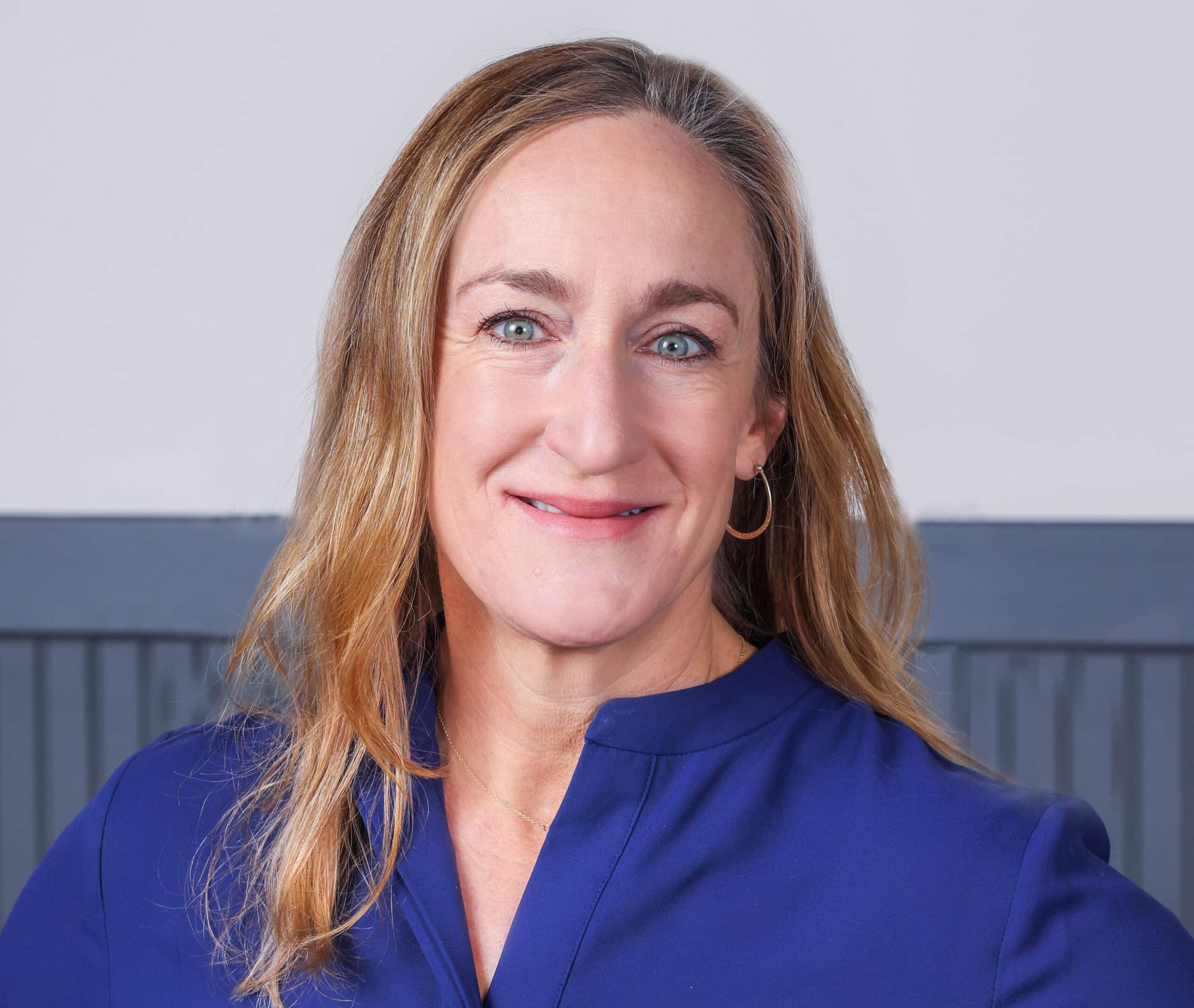What you’ll learn below:
- Why your EJ approach is under increasing scrutiny.
- Why your current EJ strategy probably won’t cut it anymore.
- How to level up your EJ approach—and why that is an enterprise-wide commitment.
Intro
Our team at Adamantine is fielding requests for environmental justice (EJ) assessments for new projects left and right. We know many oil and gas companies are interested and committed to doing EJ right. Simultaneously, we are attending federal- and state-level stakeholder meetings in which conveners are expressing concern over “EJ washing.” What this trend tells us: While EJ requirements are rising in importance, companies are not evolving their approach fast enough. The result: Companies are cutting corners in their planning and execution, and it’s not going to, well, cut it.
If your company will be siting or developing a decarbonization or energy project in the coming months, a key risk-mitigation opportunity is to level up your EJ approach. We are confident that a thoughtful, modern EJ approach will be a key reason your project idea gets executed.
Both of these things are true:
- The robust and meaningful involvement of EJ communities can be key to successfully getting a project off the ground.
- Regulators are catching on to companies doing the bare minimum in planning or not following through on their EJ commitments.
The situation
Company leaders now routinely hear reference to EJ components of projects—and how you and your company approach EJ in your project planning, execution, and application submittals is under increasing scrutiny. Terms such as “community benefits plan” (CBP), “EJ assessment,” and “impact assessment” are part and parcel of siting new projects. The drivers advancing EJ expectations are increasingly important to a broad array of energy stakeholders. Here’s the latest that you need to know:
- Quality work on EJ is central to winning federal grants and loans. Recent federal legislation made historic levels of funding available for energy projects, and many Department of Energy (DOE) funding opportunity announcements (FOAs) require a CBP. This portion of a DOE application now accounts for around 20 percent of application criteria! Companies must provide an assessment of stakeholders, workforce, and disadvantaged communities and then articulate any project’s potential benefits and impacts to those identified. Officials have emphasized that funding will be prioritized for projects that (1) won’t add additional burden to a given community and (2) willresult in benefits to historically disadvantaged communities. CBPs are applicable to FOAs for hydrogen hubs, carbon capture and sequestration (CCS) projects, direct air capture facilities, and carbon credits. The DOE is expected to roll out similar requirements for its loan programs soon. Because many technical components of competing applications may be similar, an impressive CBP could be the difference to winning funding for your organization.
- Federal project siting will put EJ front and center. Even if you aren’t soliciting federal funds, federal priorities around EJ will likely still apply to your project. For siting Class VI wells, undertaking a NEPA review, or undergoing EPA or FERC review, it is likely an EJ assessment will be part of your application or permitting process.
- States have jumped into the EJ world with their own layers of expectations. States are incorporating EJ into their permitting plans, project regulation, and stakeholder engagement. Community-based organizations (CBOs) are putting pressure on states to increase their EJ components. Colorado and New Jersey have incorporated EJ considerations into some project siting. New Mexico has created a task force to investigate environmental crimes against underserved communities and remains under pressure by stakeholders to do more. In Louisiana, CBO and stakeholder pressure resulted in a temporary moratorium on a CCS project.
- Across the pond, there are requirements for EJ execution here at home. In Europe, financial institutions and lenders are often requiring U.S. companies to undergo EJ assessments that align with the Equator Principles.
Regarding that increasing scrutiny, the details matter. For example, in a recent White House Environmental Justice Advisory Council meeting, members raised concerns over “EJ washing,” in this case referring to proposed mitigation and benefits that don’t align with community priorities because of federal funding applicants’ lack of authentic engagement with communities. Further, “EJ washing” is also being used to refer to commitments in permits or applications made by companies that do not follow through.
There is enough new attention to EJ expectations that we anticipate that all new energy projects will face (1) some level of EJ expectations, from regulators, community members, or investors; (2) scrutiny on the quality of their EJ-related engagement, analysis, and plans; and (3) accountability on the execution of their proposed plans.
Seize the day
Leveling up your EJ approach is an enterprise-wide commitment central to risk mitigation for your project plans. You start by following these precepts:
- We are not just checking boxes. A core tenet of impactful EJ analysis and engagement is understanding that each community is unique. This means that reusing a narrative, analysis, or plans across projects will not suffice. It may be tempting to create repeatable templates, but “checking the boxes” demonstrates a lack of understanding of the depth of engagement required by meaningful EJ work. One size will not fit all.
- Give your team adequate time. Because each assessment—and plan—is unique, your project team needs adequate time and resources. Application periods have tight turnarounds, so provide your engagement team as much information as possible, as early as possible in the process, including locations, pipeline and haul routes, workforce implications, and operational and environmental impacts. Empower your team members to conduct initial outreach and ensure that operations teams provide prompt feedback on benefit and mitigation options. Allowing time for iteration will more likely yield overall excellence.
- Make sure your company has both EJ principles and a repeatable process. Although using templates is off the table, we recommend that your company establish general EJ principles and a standard working approach. Doing your enterprise-wide work willsave a lot of time when it comes to building your project plans. Empower your teams to request necessary information from internal departments and make certain decisions without burdensome bureaucracy, to speed up the process while protecting quality and effectiveness.
- Tie commitments to analysis. The EJ assessments, stakeholder analysis, and community engagement your team will undertake are valuable resources to rely on when deciding which operational changes you will make to mitigate impacts. Further, your plans will articulate how benefits are distributed and to which groups. You will need to identify effective and inclusive communication channels for outreach. Stakeholders and decisionmakers willcatch on to project commitments that are untethered to the community’s unique needs and desires. Don’t prioritize buying a prize steer at the state fair if impacted stakeholders don’t care about agriculture. Make sure the community benefits align with what the community wants. The only way you’ll know is if you do the real work up front.
- Consider your application “plans” commitments. Companies are expected to execute on commitments made in the application phase! This sounds obvious, but some companies are repeatedly demonstrating that their applications were not fully vetted internally, leading to awkward moments in the public eye. A beautiful, winning application becomes an embarrassment when a company that made a bold commitment cannot follow through. Examples we’ve observed from the sidelines include: executing on only half of the pledged outreach and committing to build a partnership with a local workforce development group that was never socialized directly with the group. Such mistakes can fairly be characterized as EJ washing: Not only are they likely to affect project approval, but they increase the social risk around a project by inviting stakeholder opposition.
For more information, check out our EJ primers: Environmental Justice: 5 Things You Need to Know, Environmental Justice: Action to Take & Mistakes Not to Make, and The EJ Evolution. Thank you to Anne Kurtis for her contributions to this piece.
Are you planning a project and eager to make sure you have the right EJ strategy in place to support your success? Reach out—Adamantine can help you devise a strategy with the right framework to meet evolving EJ expectations.
Enjoying what you’re reading? Please forward Both True to three colleagues.
May you be washing only the dishes,
Tisha

